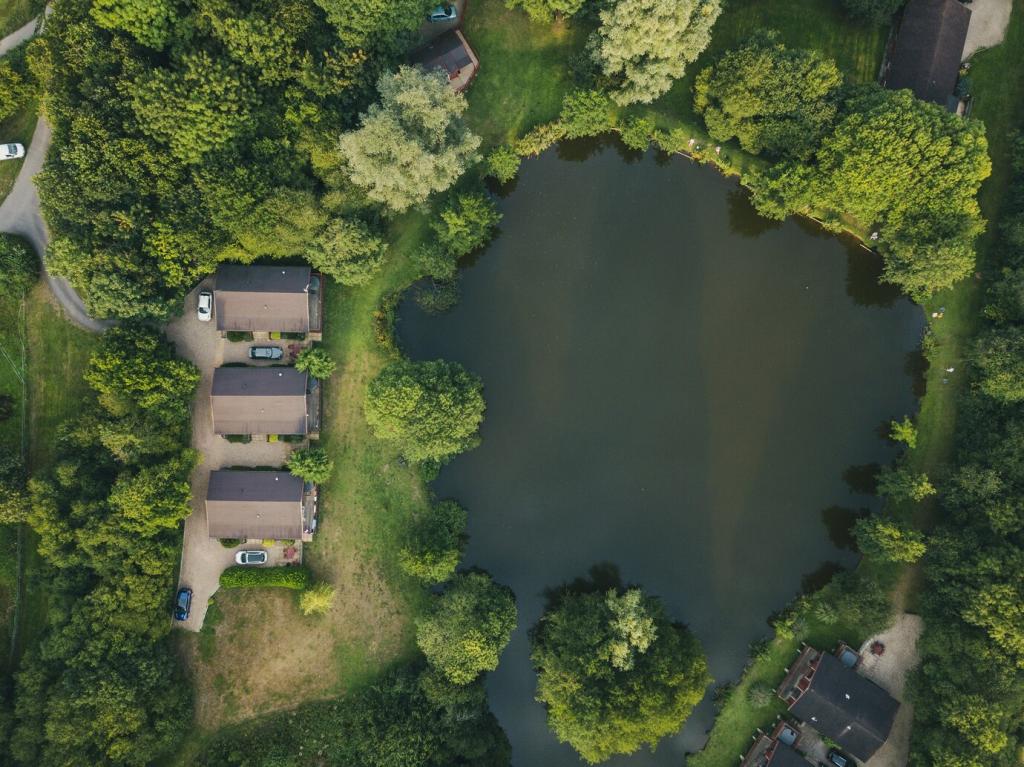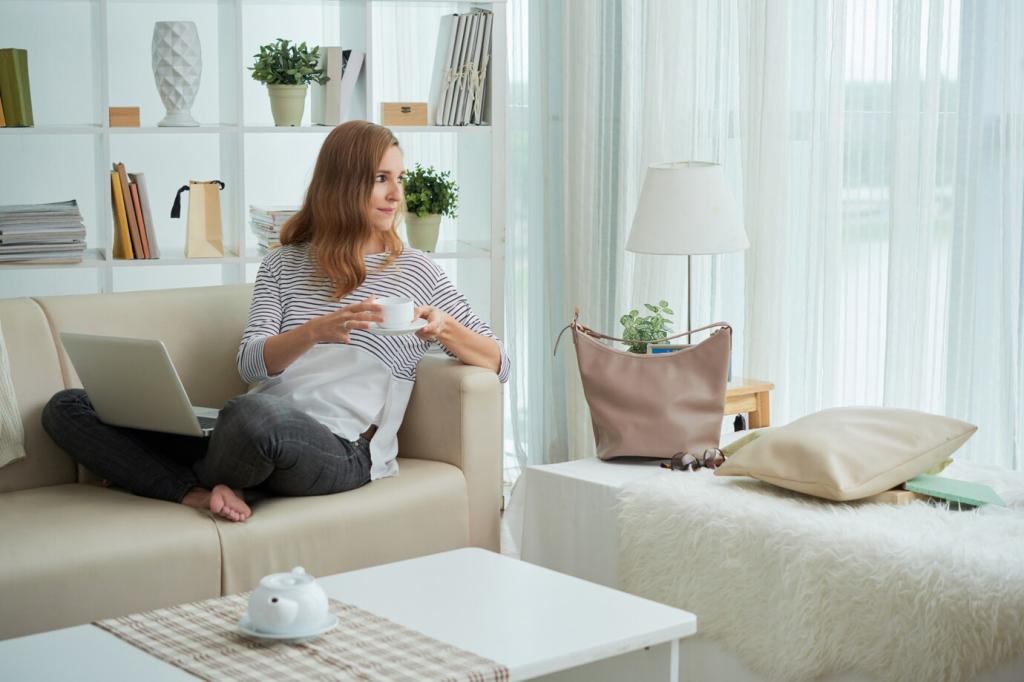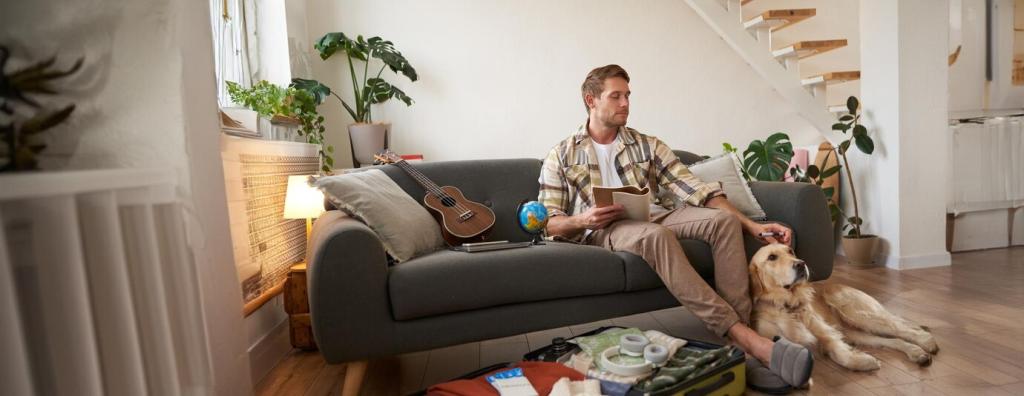Discover innovative and practical approaches to sustainable living with our eco-friendly home design ideas. This guide explores key strategies that help conserve resources, reduce carbon footprints, and create healthier living environments. Whether you’re building from scratch or seeking inspiration for your next renovation, these ideas will empower you to make mindful, future-proof choices for your home and the planet.
Sustainable Building Materials
Reclaimed Wood
Utilizing reclaimed wood brings character and sustainability to any space. Sourced from old barns, factories, or shipping pallets, it reduces the need for new lumber, thereby preserving forests and cutting down on carbon emissions from processing and transport. With each piece carrying its own unique history and patina, reclaimed wood is ideal for flooring, wall treatments, or furniture, combining eco-consciousness with timeless design aesthetics. By diverting wood from landfills and decreasing the demand for logging, you contribute significantly to resource conservation and habitat protection with every plank or panel applied in your home.


Recycled Metal
Recycled metal is both stylish and highly sustainable. Aluminum, steel, and copper retained from demolition or manufacturing scrap are melted down and repurposed for structural beams, roofing, and fixtures. This process requires significantly less energy compared to producing new metal from raw ore. In addition, metal is incredibly durable and often fully recyclable at the end of its long lifespan, further reducing waste. Using recycled metal in your home not only lowers environmental impact during construction but also adds a sleek, contemporary flair to your interiors and exteriors.

LED Technology
Light-emitting diode (LED) technology has revolutionized residential lighting. LEDs use up to 80% less energy than traditional incandescent bulbs and last significantly longer, making them a cost-effective and environmentally responsible choice. This type of lighting is available in a variety of color temperatures and intensities, ensuring beautiful, customizable illumination throughout your home. By incorporating LED fixtures or retrofitting existing ones, homeowners can enjoy immediate savings and contribute to long-term reductions in landfill waste resulting from burnt-out bulbs.
Strategic Daylighting
Harnessing natural sunlight through strategic daylighting decreases reliance on artificial lighting and enhances indoor wellbeing. Techniques include positioning windows and skylights to maximize daylight, using light shelves or reflective surfaces to direct rays deeper into rooms, and selecting open floor plans that allow light to move freely. Daylighting not only saves energy but has been shown to boost mood, productivity, and health. Well-designed daylighting solutions are essential for a truly eco-friendly and inviting home atmosphere.
Automated Controls
An effective way to reduce unnecessary energy use is through smart, automated lighting controls. These systems employ sensors, timers, or programmable schedules to ensure lights are only on when needed. Integration with home automation platforms lets homeowners manage lighting remotely or create custom scenes for different activities. Automated controls help cut down on wasted electricity and support an efficient, adaptable living environment that responds intuitively to occupants’ needs, furthering the goals of sustainability.

Low-Flow Fixtures
Low-flow fixtures, including showerheads, faucets, and toilets, are engineered to deliver excellent performance while drastically reducing water consumption. Advanced aerators and flow restrictors maintain pressure and functionality with a fraction of the water typical models use. Upgrading to these efficient fixtures in kitchens and bathrooms can save thousands of gallons of water annually for an average household. By integrating low-flow technology into your home, you contribute to water conservation efforts without sacrificing convenience or comfort.

Rainwater Harvesting Systems
Rainwater harvesting involves collecting and storing rainwater for use in irrigation, flushing toilets, and other non-potable applications. Simple barrel setups or more complex, integrated cisterns can be designed to suit any property size. Harvested rainwater reduces dependence on municipal sources, saves money, and can help minimize stormwater runoff, which often carries pollutants into local waterways. With proper filtration and planning, this sustainable practice offers a reliable and eco-friendly water source for your home’s landscaping and household needs.

Xeriscaping and Native Landscaping
Designing your home’s outdoor spaces with xeriscaping and native plants dramatically reduces the need for supplemental watering. Native plants are adapted to local climate conditions and require less maintenance, fertilizers, and water than introduced species. Xeriscaping emphasizes soil improvement, mulching, and drought-resistant plants to create attractive, resilient landscapes. These practices not only save water but also promote biodiversity, reduce chemical usage, and lower long-term upkeep, making your home’s surroundings as sustainable as its interior.
Passive Design Principles
Orientation and Sun Path
Properly orienting your home to the sun’s path optimizes energy gains and reduces heating and cooling needs. In colder climates, placing the majority of windows on the south-facing wall captures low winter sun, providing warmth and natural light. Rooftop overhangs or adjustable shading devices prevent excessive heat gain in summer. This strategic orientation harnesses free solar energy, brightening and warming your spaces naturally, and minimizing reliance on artificial systems.
Thermal Mass
Incorporating thermal mass involves using materials—like stone, concrete, or brick—that can absorb, store, and gradually release heat. Well-placed thermal mass moderates indoor temperature swings by soaking up excess heat during the day and releasing it as temperatures drop at night. This technique reduces the need for mechanical heating and cooling, thereby decreasing a home’s energy consumption and environmental impact. Thoughtful integration of thermal mass contributes to consistently comfortable living conditions across seasons.
Cross-Ventilation
Cross-ventilation is the practice of positioning windows, doors, and vents to enable natural airflow throughout the home. By facilitating breezes and extracting hot, stagnant air, cross-ventilation maintains fresh and cool indoor environments—especially during moderate seasons—without the need for air conditioning. Properly planned openings on opposite sides of a room, or across the home, exploit prevailing winds and thermal buoyancy, making for healthier spaces while conserving energy.

Solar Power Integration
Solar photovoltaic (PV) panels convert sunlight into electricity, enabling homes to meet their energy needs sustainably. Advances in PV technology have made solar systems more efficient, affordable, and architecturally versatile. Panels can be roof-mounted, integrated into building facades, or installed as standalone arrays. Solar power not only cuts carbon emissions but can also lower long-term electricity bills and sometimes earn credits through grid-tied net metering. A well-designed solar setup is a future-forward investment for any eco-friendly home.

Wind Energy Solutions
Small-scale wind turbines are an increasingly viable option for residential properties in windy locations. These systems harness moving air to generate electricity, offering a complement or alternative to solar power. Modern designs are compact, quiet, and can be installed on rooftops or open land, depending on site conditions. While not suited to every home, integrating wind energy where feasible dramatically lowers emissions and increases energy independence, making homes more sustainable and less vulnerable to grid disruptions.

Geothermal Heating and Cooling
Geothermal systems tap into the stable temperatures below the earth’s surface to efficiently heat and cool your home year-round. Unlike conventional HVAC, which consumes large amounts of electricity or fossil fuels, geothermal heat pumps move heat rather than generate it, making them exceptionally efficient. Installing a ground loop beneath your property can reduce energy consumption by up to 70% compared to traditional systems. Incorporating geothermal solutions helps maintain comfortable interiors while significantly lowering your home’s operational carbon footprint.
Low-VOC Paints and Finishes
Volatile Organic Compounds (VOCs) are chemicals released from many common paints and finishes that can cause indoor air pollution and adverse health effects. Opting for low-VOC or zero-VOC alternatives drastically reduces harmful emissions without compromising on performance or color variety. These products are widely available and easy to use for both new construction and remodeling projects. Applying low-VOC paints and finishes not only safeguards your household but also contributes to cleaner outdoor air during and after application.
Natural Fiber Flooring
Flooring made from natural fibers such as wool, jute, sisal, or seagrass provides an earth-friendly alternative to synthetic carpets and vinyl. These materials are biodegradable, renewable, and generally produced with minimal chemicals or pesticides. Natural fiber carpets and rugs are also hypoallergenic and help regulate indoor humidity. Choosing sustainable flooring supports environmentally responsible agriculture and manufacturing practices while creating warm, inviting interiors.

Previous slide
Next slide
